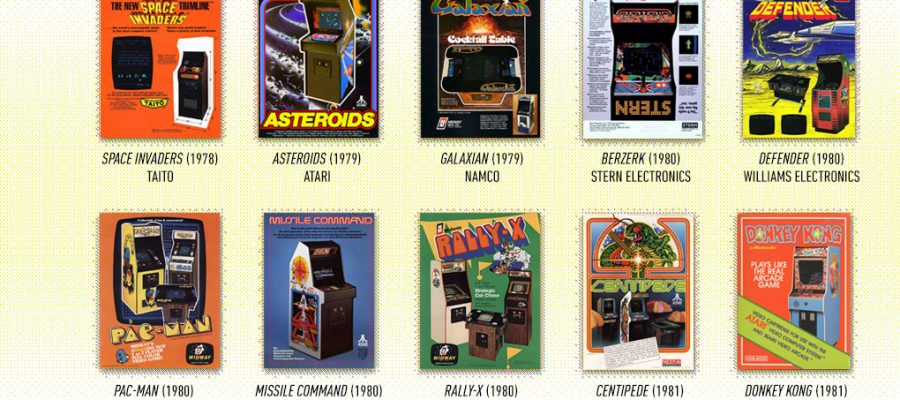Content Table:
The Good Old Arcade Game: History And Development
Gaming is already a part of our lifestyle. Starting in childhood, once we see moving images of gaming characters, we have the curiosity to try controlling it. It lasts until our teenage and adult years; we consider gaming as one of the entertainment alternatives when we are feeling bored.
Different genres of games are starting to pop up such as online strategy and role-playing games. But do you still remember the good old arcade games? That Pac-Man eating yellow dots and Mario and Luigi consuming mushrooms and flowers to rescue the princess from King Koopa? These games are considered to be the ancestors of the games that you play today on your computer or video game station.
History Reminisced
Old arcade games started after World War II, after Ralph Bauer invented the perception of creating an electronic game system to the television screen during the early 1950s. When he presented his ideas to Magnavox, a television company during that time, it was approved and resulted in the release of a refined version of Bauer’s Brown Box prototype, known as the Magnavox Odyssey in 1972.
The Odyssey displayed only spots of light on the computer screen and required the use of translucent plastic overlays to reproduce the appearance of the game. In other words, this gaming version is prehistoric compared to present gaming standards.
The first gaming console system that was invented is known as the Atari 2600, which was released in 1977. It used plug-in cartridges in order to play different games.
The Golden Age of Arcade Games
After the release of the Atari 2600, old arcade games started their Golden Age in the gaming industry. This era marked a significant increase in the popularity of arcade games, beginning in the late 1970s when the first colored arcade games appeared.
Old arcade games started to gain their momentum in the gaming industry during the release of the following:
- Gee Bee and Space Invaders in 1978
- Galaxian in 1979
- Pac-Man, King and Balloon, Tank Battalion, and others in 1980
During this era, arcade game developers began experimenting with new hardware, developing games that utilized lines of vector displays as opposed to the standard raster displays. A few arcade games derived from this principle became hits, including Battlezone (1980) and Star Wars (1983), both from Atari.
After the vector displays, arcade game developers experimented with laser-disc players for delivering animations similar to movies. The first attempt was Dragon’s Lair (1983) by Cinematronics. It became a sensation upon release, although there were instances where the laser-disc players in many machines malfunctioned due to overuse.
Innovations in Controls
New controls also emerged in several games, although joysticks and buttons remained the standard controls for arcade games. Atari released Football in 1978, which utilized a trackball. Spy Hunter introduced a steering wheel resembling an actual one, while Hogan’s Alley made use of tethered light guns.
Other specialty controls, like the pedals in racing games and a crossbow-shaped gun in Crossbow, were also developed during this era.
The Legacy of Arcade Games
Now, with the enthusiasm of modern game developers, there is an ongoing effort to revive old arcade games by enhancing their graphics and producing newer versions. This revival demonstrates that good old arcade games continue to serve as a great alternative to modern computer games.
In conclusion, the rich history and development of arcade games have left an indelible mark on the gaming industry. As technology advances, the essence of these classic games continues to inspire new generations of gamers, ensuring their legacy lives on.



